Bridging alternative and standard rails to facilitate proximity and in-app payments.
Traditionally, in-store and online payments were considered separate, each with its own set of processes and technologies. However, the distinction between these two worlds is becoming increasingly blurred. Shoppers expect the same level of convenience whether they are paying in-store or online.
Retailers are adopting unified payment platforms that allow customers to seamlessly transition from shopping in a physical store to completing their purchase online, and vice versa. Notably, by 2030, these two payment experiences will blend seamlessly.
As of today, bridging physical and digital means of payments has already taken place with wallet solutions offered by both Big Tech Wallets (e.g. ApplePay, Google Pay and Samsung Pay), and Domestic Wallets (such as MobilePay, Vipps, and Swish in the Nordics) running on card rails, i.e., VISA, Mastercard, or Domestic Card Scheme (Dankort in Denmark and BankAxept in Norway). In other words, we have by long embarked on the Phygital experience, arising from online-to-offline strategies.
Recommended: Explore the Future of Finance at Nordic Fintech Week
What are Hybrid Payments?
At IDEMIA Secure Transactions (IST), hybrid payments are facilitated by tokenizing a unique end-user asset, such as a payment card, bank account, or card reference. This tokenization allows payments to be processed both at the point of sale (POS) and within apps, using alternative payment methods like Account-to-Account transfers, Account Based Ticketing, or Central Bank Digital Currencies. Leveraging EMV technologies, hybrid payments integrate the global acceptance of traditional payment cards with these alternative methods, ensuring a seamless payment experience for the end-user. In other words, we support payments networks in ensuring the continued global ability to pay by expanding their payment acceptance across existing rails – supporting both worlds, the digital savvy and the digital conservative.
Users will receive a hidden payment token on their mobile phones, enabling them to make contactless, e-commerce, or in-app payments through standard EMV card rail. For hybrid payments, the alternative network must support card issuing, tokenization, and connect with Acquirers, either directly or through a partner’s network infrastructure.
Market trends fueling the shift
Digital Payments have soared becoming the second preferred method of payment1. They are led today by Big Tech wallets such as Apple Pay, Google Pay… However, in the Nordics, digital domestic mobile wallets (MobilePay, Swish, Vipps) have gained enormous traction with an adoption rate of 85%2. Thanks to their popularity, mobile wallets have contributed to a seamless introduction of A2A payments in the Nordics. Additionally, a study conducted by VISA and IPSOS in 2022 shows the most important features desired by mobile wallet users in Europe such as: paying in store (63%), Peer-to-Peer payments (61%), paying abroad (59%) and bill splitting (49%).
Various ways of paying in-store have been introduced in the Nordics with Domestic Digital Mobile Wallets. There has been a significant investment in alternative acceptance rails in the Nordic payment landscape. Some of the key learnings showed that Nordic consumers are early adopters of fast and familiar payment methods that seamlessly integrate their current user journey.

On July 11, 2024, the EU commission accepted a proposal by Apple to commit to open access to ‘Tap and Go’ technology in Europe. Consequently, third-party wallet providers will get access to the NFC input on iOS devices, without having to use Apple Pay or Apple Wallet. Essentially, all iOS users with an Apple ID registered in the EEA, or traveling temporarily abroad, can use their iPhone for in-store payments through an alternative wallet while preserving the same user journey provided by Apple Pay3.
Furthermore, the European Payments Council have together with its member states introduced SEPA Instant Credit transfers and SEPA Request to Pay, enabling instant money transfer through domestic and cross border payment rails.
Recommended: Explore the Future of Finance at Nordic Fintech Week
Multiple benefits for all interested parties
We are truly at the verge of digital dominance and disruption of traditional payments as we know it. Now is the time to prepare for the battle of customer interface. New and coming digital wallets across Europe, have an opportunity to truly compete on the same acceptance rails as Big Tech and established international schemes, introducing A2A payments. Wallets and issuing banks can capitalize on Open Banking and creating rich ecosystems in a B2B2C approach to enhance their brand recognition, providing Merchants with attractive loyalty offers for their customers– this will open doors for many future opportunities allowing for a full market disruption.
For more information on how IDEMIA Secure Transactions can support you, please visit idemia.com or your local sales representative.



